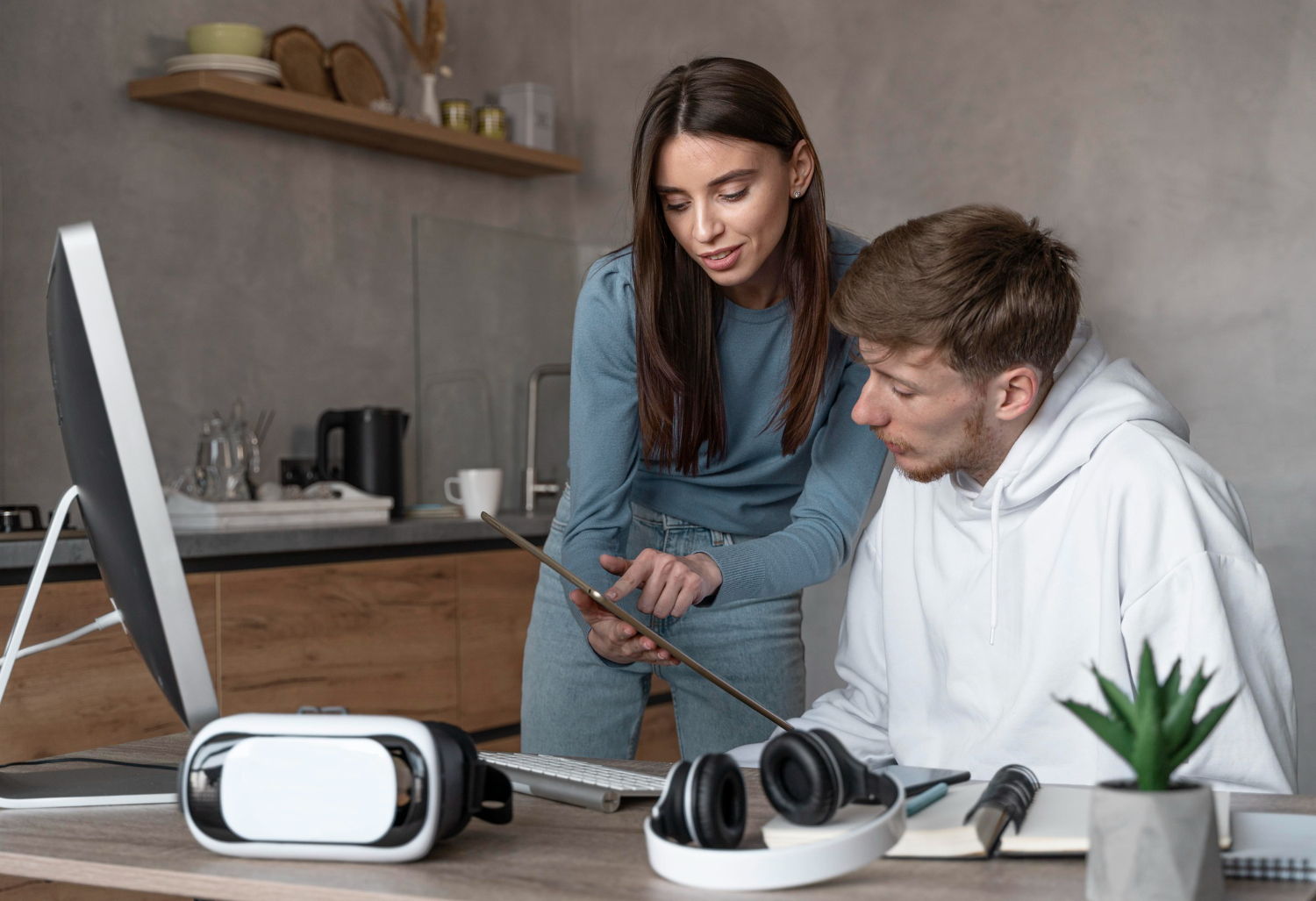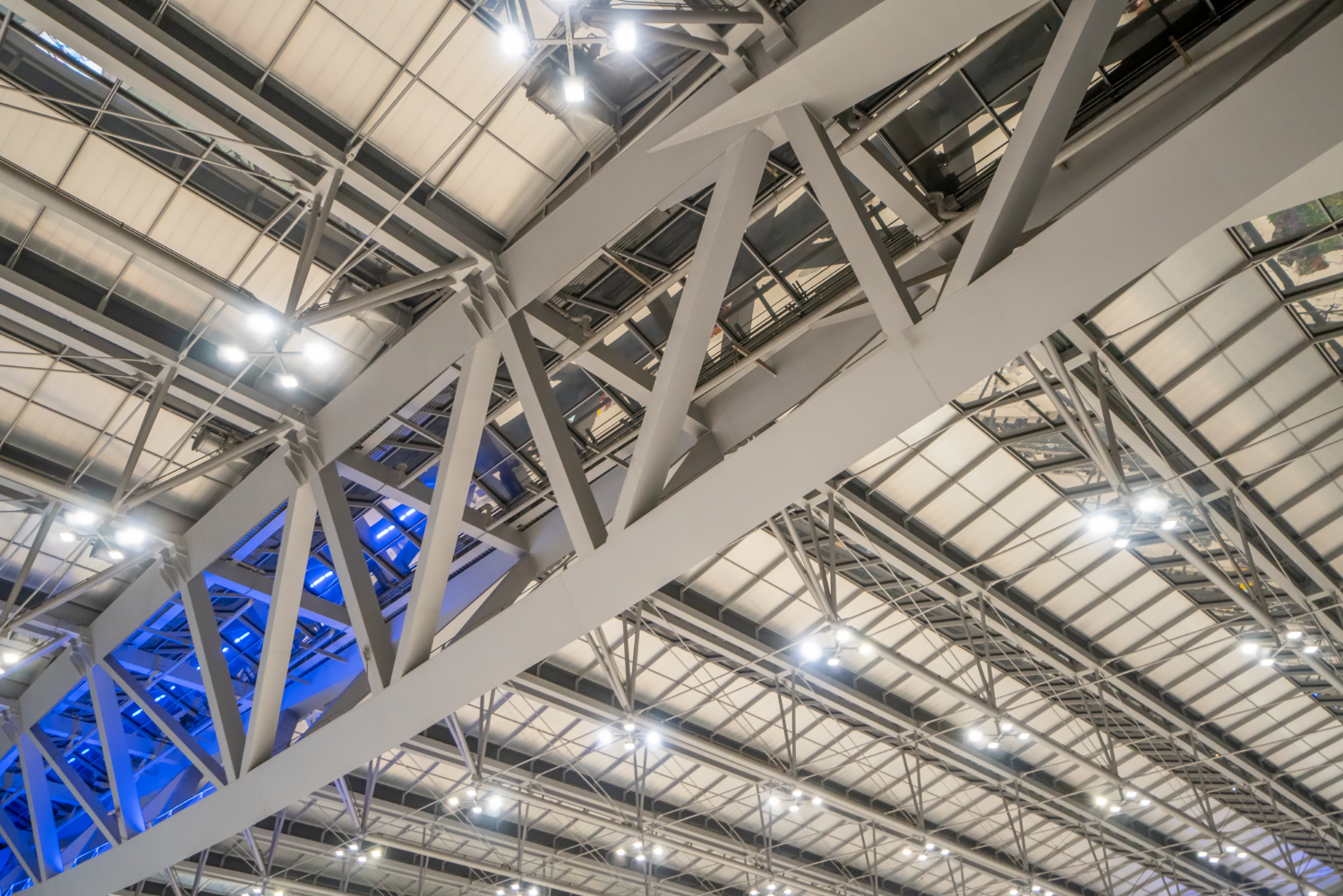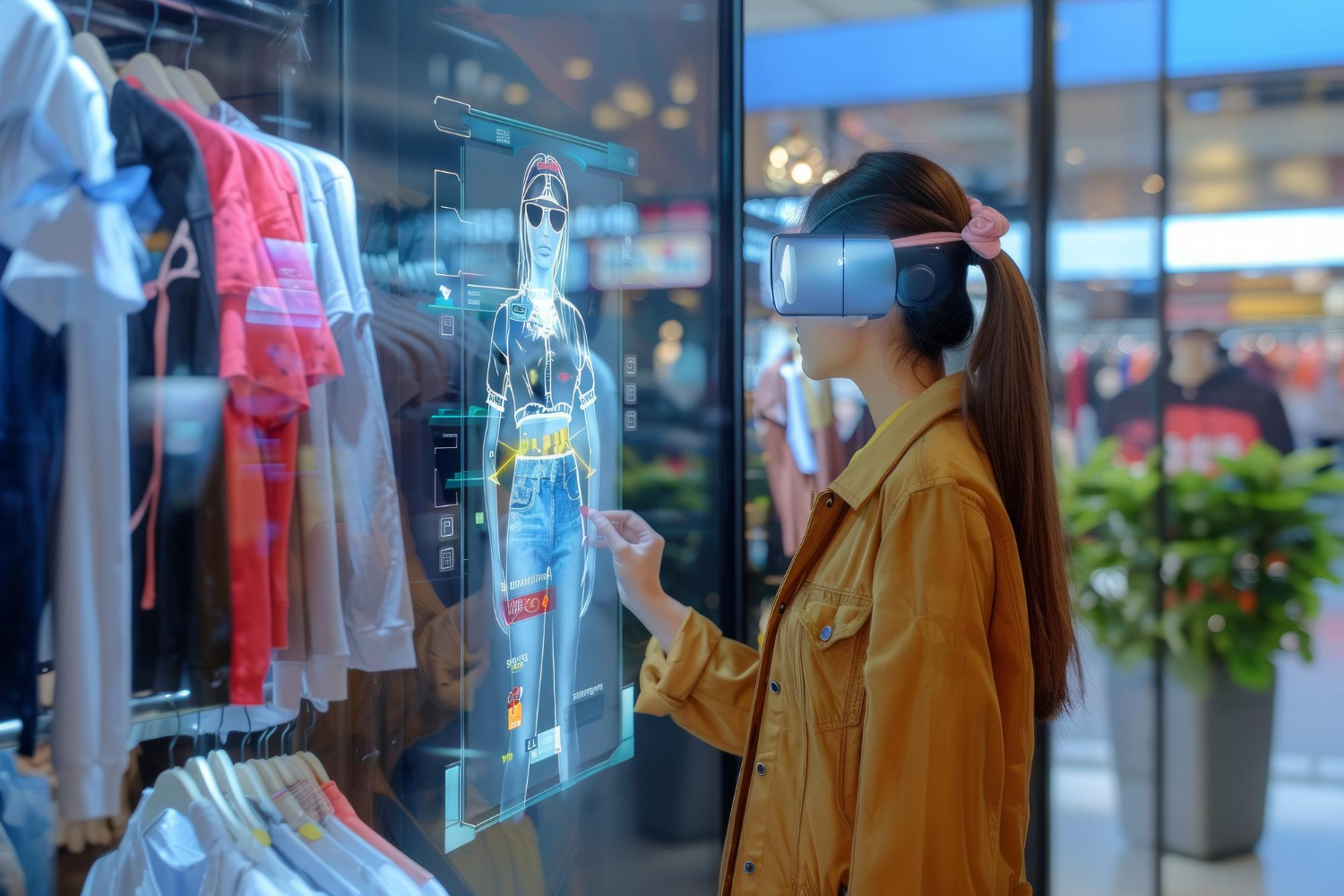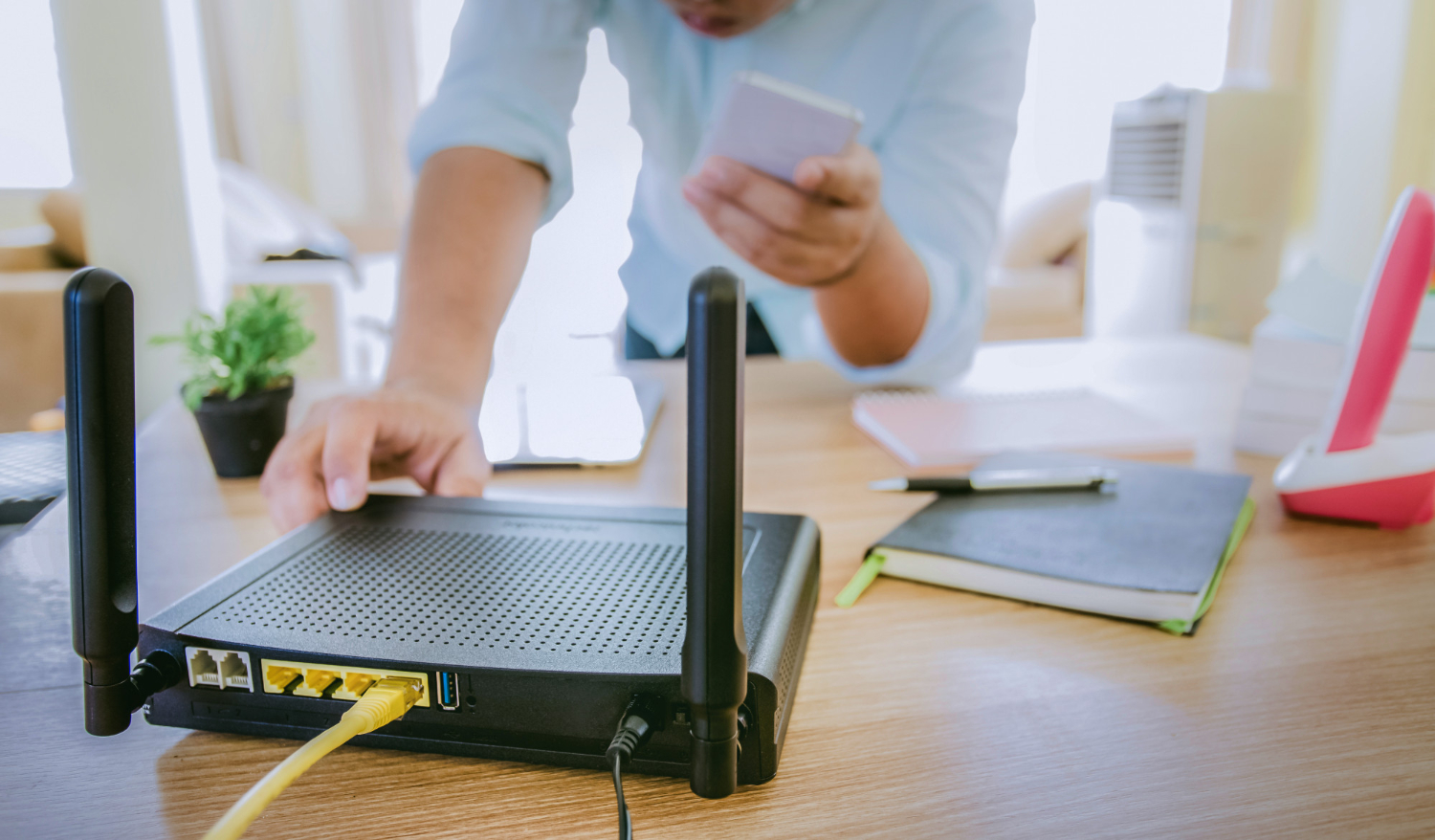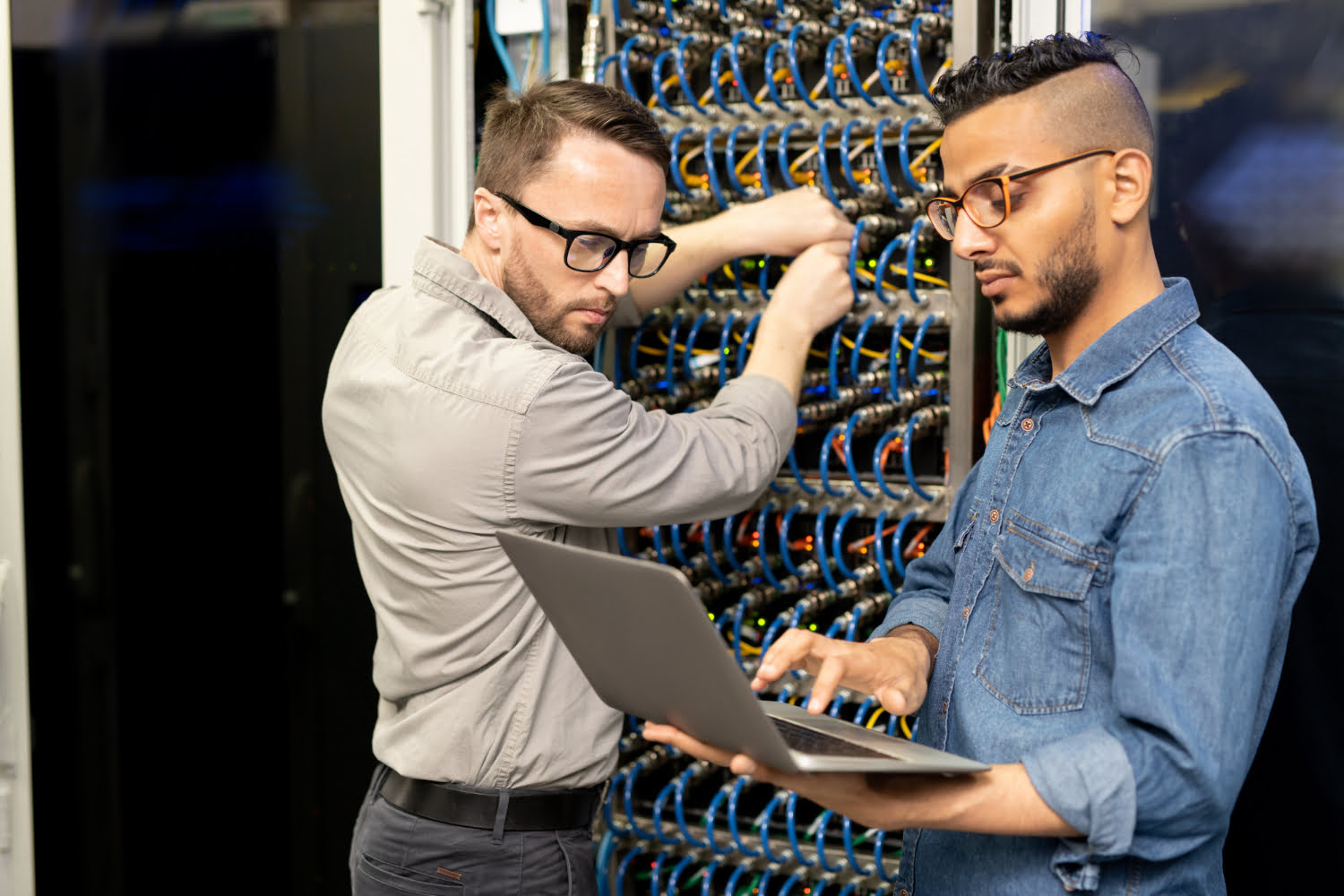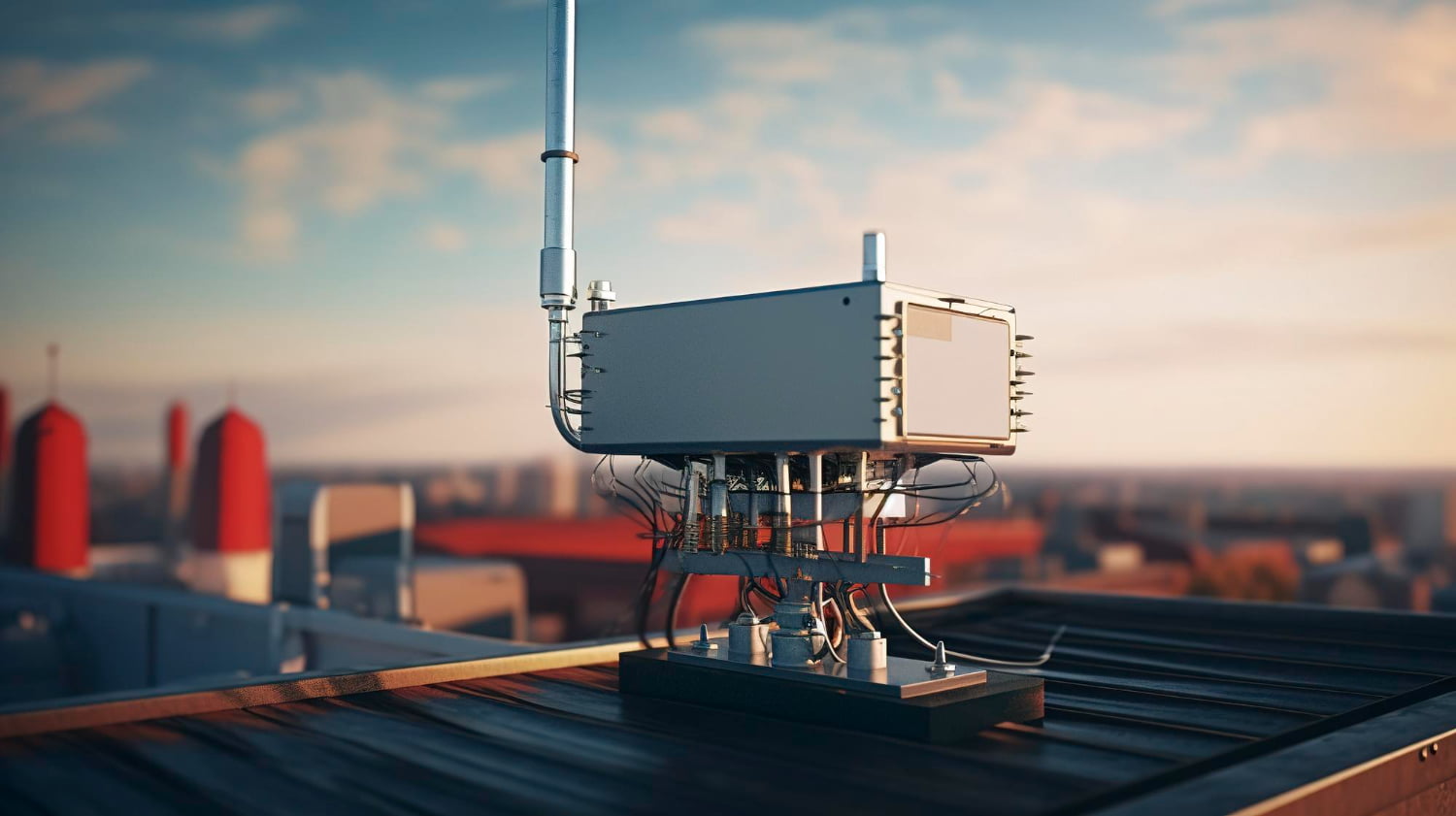The way we communicate is evolving at an unprecedented rate, thanks to the increasing prevalence of smart devices. Whether it’s a smartphone, a smartwatch, or a smart speaker, these technologies have become essential tools for staying connected in both our personal and professional lives. From quick video calls to seamless access to information, smart devices are reshaping the way we interact with the world around us.
This blog will explore how smart devices are enhancing communication, making it more efficient, personalized, and accessible. We’ll discuss how they impact different forms of communication—visual, audio, and written—and look toward the future of smart technology.
Table of Contents
ToggleWhat Are Smart Devices?
At their core, smart devices are electronic gadgets designed to connect to other systems wirelessly, often via the internet, to deliver enhanced functionality. What makes these devices “smart”? Their ability to interact with users, collect data, and adapt based on user preferences or patterns.
Key Features of Smart Devices:
- Internet Connectivity: Smart devices use Wi-Fi, mobile data, or Bluetooth to stay connected and provide real-time updates.
- Automation Capabilities: They can perform tasks without manual intervention—think alarms that adjust based on your schedule or smart thermostats that learn your temperature preferences.
- Versatility: Smart devices include everything from smartphones and smartwatches to smart TVs, speakers, and home appliances.
Examples:
- Smartphones: Devices like the iPhone and Android phones are central to modern communication. For more on Apple products, visit https://applevox.com.
- Smart Speakers: Products like Amazon Echo and Google Nest allow hands-free communication and access to information.
- Wearable Tech: Devices like the Apple Watch and Fitbit enhance connectivity while offering health tracking features.
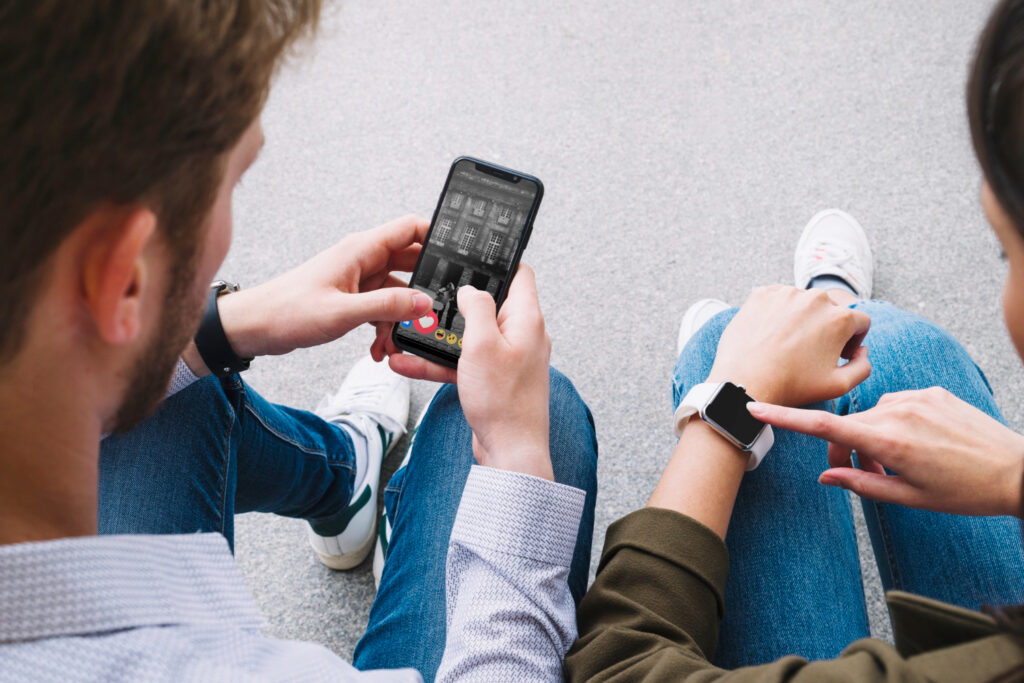
How Smart Devices Are Changing Communication
Enhanced Connectivity
Smart devices ensure you’re always connected, no matter where you are. Features like Wi-Fi, mobile data, and integrations across multiple devices provide uninterrupted access to communications.
- Seamless Integration: For example, iMessage syncs across your iPhone, iPad, and MacBook, so you never miss a message.
- 5G Networks: The advent of 5G has improved the speed and reliability of smart devices, making tasks like video calls or streaming ultra-smooth.
Whether you’re on a work trip or at home, smart devices eliminate barriers, allowing for constant communication.
Real-Time Communication
Smart devices have made real-time communication more accessible than ever through apps like WhatsApp, Zoom, and FaceTime.
- Professional Use: Zoom meetings allow teams to collaborate from anywhere in the world without losing productivity.
- Personal Use: FaceTime and WhatsApp connect families and friends in real time, bridging long distances.
These tools not only make communication instantaneous but also reduce the need for face-to-face meetings, saving time and resources.
Personalized Interactions
Smart devices use data to personalize communication experiences, offering tailored notifications, smart replies, and more.
- Priority Contacts: Features like VIP email contacts ensure that you never miss an important message.
- Customer Support: Businesses can leverage data-driven insights from chatbots to create meaningful interactions and enhance customer satisfaction.
With personalization, communication becomes more relevant and efficient, whether it’s a thoughtful suggestion for a text reply or a filtered inbox with only your most critical messages.
Integration with Other Smart Technology
Smart devices don’t operate in isolation—they integrate with other technologies to create an interconnected ecosystem.
- Smart Homes: Control your home security, lighting, and temperature straight from your smartphone with systems like Ring and Nest.
- Vehicles: Hands-free texting and navigation via platforms like Apple CarPlay and Android Auto ensure seamless communication while driving.
This level of integration not only makes communication more convenient but also helps optimize everyday activities.
Impact of Smart Devices on Different Communication Methods
Visual Communication
The rise of high-resolution cameras and visual-centric apps has fundamentally changed the way we communicate.
- HD Cameras: Devices with front-facing HD cameras enable clear video calls and content creation.
- Apps: Social media platforms like Instagram, Snapchat, and TikTok have popularized visual storytelling, making sharing images and videos the norm.
- Video Content: Platforms like YouTube and Zoom have transformed everything from teaching to team meetings, making visual communication a core mode of interaction.
Audio Communication
Smart devices are making audio communication increasingly versatile and user-friendly.
- Voice Assistants: Tools like Siri and Alexa enable hands-free communication, whether you’re sending a message or setting up a call.
- Podcasts and Audio Notes: Smartphones and smartwatches allow users to record, share, and consume audio content effortlessly.
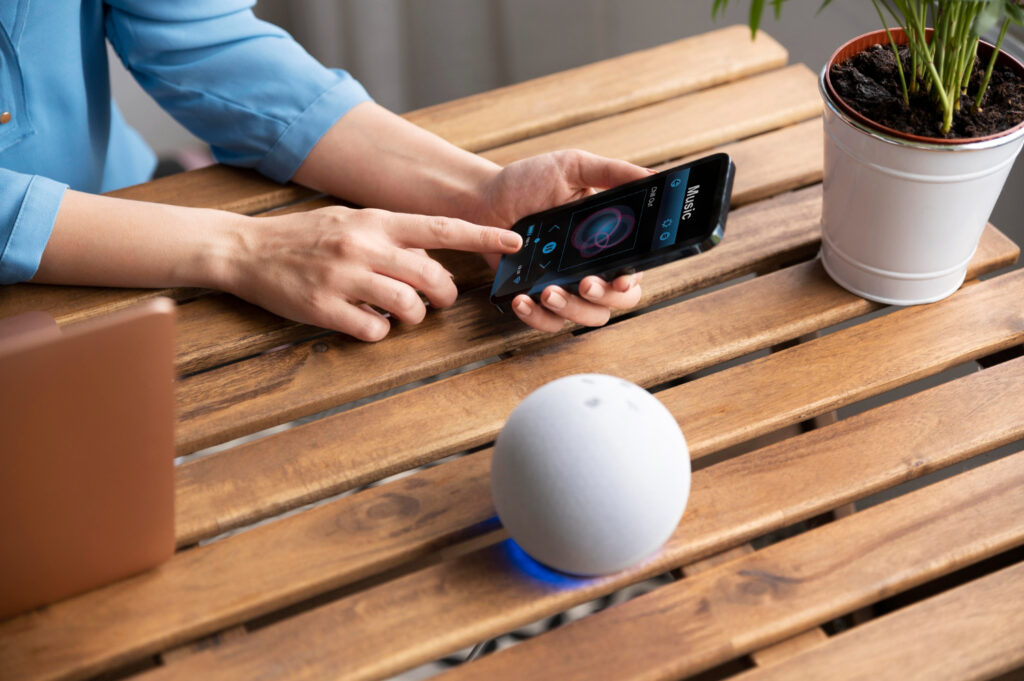
Audio communication is gaining traction, particularly among professionals and content creators looking for efficient ways to share and consume information.
Written Communication
Smart devices enhance written communication with tools that streamline collaboration and improve the quality of writing.
- Collaboration Tools: Apps like Slack and Trello are indispensable for teams, facilitating real-time communication and project management.
- Writing Assistants: Tools like Grammarly and the Outwrite platform ensure error-free communication, making your messages clear and impactful.
- Emails and Messaging: Smart devices support efficient email communication, helping you organize tasks and replies in no time.
By combining convenience with powerful tools, written communication has become seamless and more effective.
The Future of Communication with Smart Devices
Looking ahead, smart devices will continue to evolve, bringing even more sophisticated communication solutions.
- AR/VR Integration: Augmented and virtual reality could revolutionize virtual meetings, making them more immersive and natural.
- Ethical Considerations: With growing concerns about privacy, future devices must tackle data security while fostering trust among users.
- Sustainability: Eco-friendly smart devices will play a pivotal role in promoting environmentally conscious communication technologies.
The possibilities are endless, and smart devices will undoubtedly remain at the forefront of communication innovation.
Conclusion
From instant messaging to hands-free calling, smart devices have transformed communication into a more efficient, engaging, and personalized experience. Whether you’re connecting with a loved one or collaborating with a colleague, these remarkable tools have made it easier—and more enjoyable—to stay in touch.
Discover how you can maximize your experience with smart devices at Apple Vox. Unlock expert tips and troubleshooting advice to fully harness these technologies today. After all, the future of communication is here—embrace it with confidence and the right tools!
FAQs
How do smart devices communicate?
Smart devices use wireless protocols like Bluetooth, Wi-Fi, and NFC to transmit data between devices, creating a seamless communication network.
What are examples of smart devices?
Common examples include smartphones, smart TVs, fitness trackers, smart speakers, and tablets.
What is a smart device?
A smart device is an electronic gadget designed to connect to the internet or other systems to provide enhanced functionality and automation.
What is the most-used smart device?
Smartphones remain the most widely used smart devices, serving as the central hub for modern communication.

